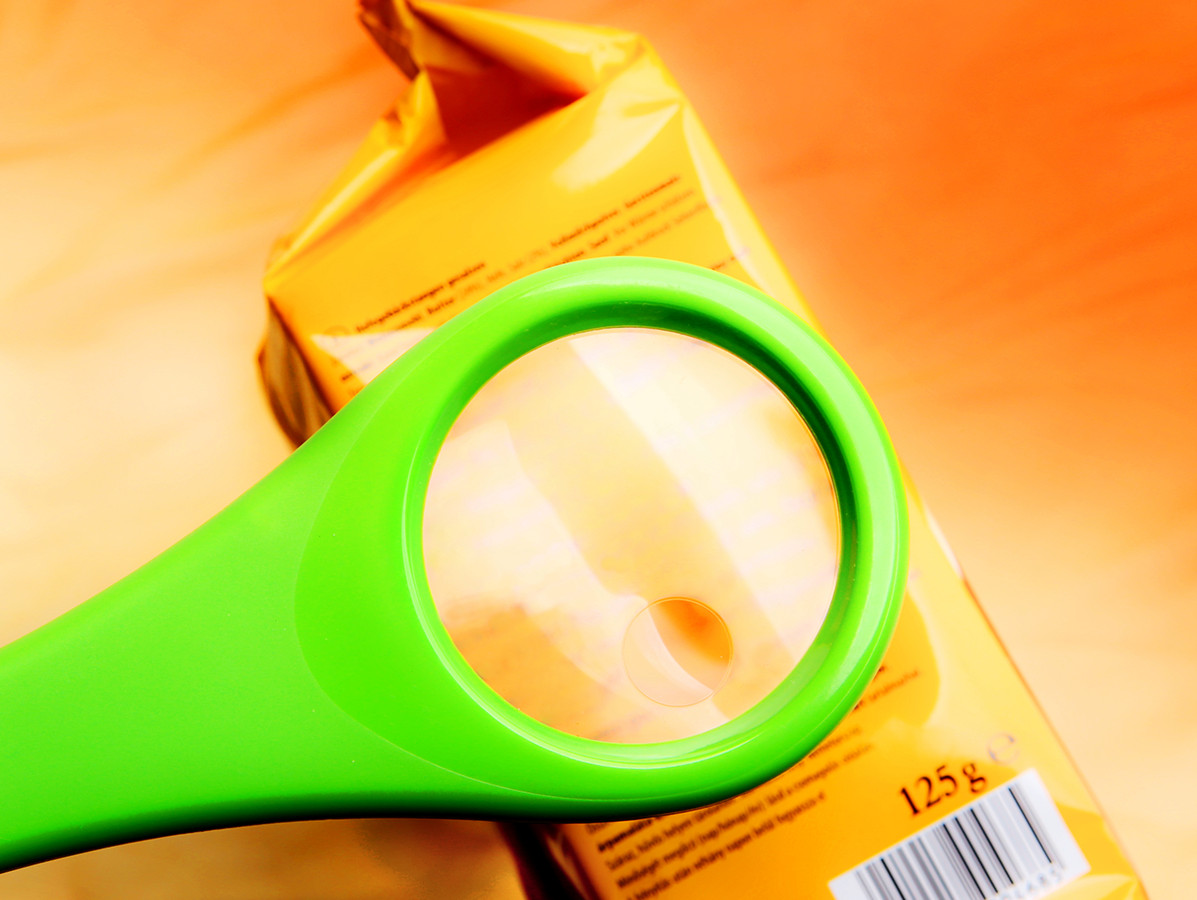
A warning to all producers who are busy making their food products 'clean label'. Food additives that have not been approved are not allowed to be sold or used in foodstuffs. The NVWA ('Dutch Food and Consumer Product Safety Authority') will take legal action if it discovers during an inspection that a 'clean label ingredient' is in fact an unauthorized use of additives.
There are more and more products on the market with a clean label: no E-numbers on the label. Because producers want to retain the technological function of the additive, they use clean label ingredients. Examples include citrus extract (instead of E330 citric acid or E300 ascorbic acid); buffered vinegar (instead of acetic acid) and plant extracts such as celery extract and beet extract (instead of nitrite/nitrate). However, you can't just do this.
Any substance used in the preparation or production of a foodstuff and present in the final product is legally considered an ingredient. Additives are special ingredients added to food for technological purposes. The use of additives is strictly regulated. Not every additive can be added to any foodstuff just like that.
If ingredients are added to food, they must be listed in the list of ingredients with the name of the functional category, for example as a preservative or anti-caking agent, and the name of the additive or the E-number. This also applies to 'clean label ingredients'. In practice, however, these alternatives are listed as a 'normal' ingredient in the list of ingredients.
Operators of food companies believe that it is a matter of 'adding a characteristic food ingredient' and not an additive. However, the NVWA states: Every ingredient that meets the definition of an additive is an additive. Check the publication of NVWA April 8, 2021: additive or clean label ingredient in food.
Many clean label ingredients are not approved as additives. Therefore, they may not be distributed or used.
NVWA also believes that because these clean label ingredients, or non-approved additives, are not mentioned with their technological function in the ingredient declaration, this is misleading for the consumer.
'The innovative nature of these clean label ingredients is clear and innovations are welcomed. However, innovations need to comply with legislation. Therefore, these clean label ingredients must comply with the additives legislation,' said Charles Wijker, Director of Nutrition, Health and Prevention at the NVWA in a letter to the industry.
Download the Manual of additives for food manufacturers on the site of the NVWA.
Plant extracts with nitrate
Plant extracts are used as a substitute for nitrite/nitrate, or other additives. For example, celery extract or beet extract with high levels of nitrate are added to foods. The nitrate can be converted to nitrite, which is the same substance as the additive nitrite, but in an unpurified form. Such extracts therefore do not meet the specifications and purity requirements of Regulation (EU) No 231/2012, and are therefore not permitted. In addition, such plant extracts containing nitrate/nitrite are used in foods to which the additive nitrite may not be added.
Citrus extract or aecerola extract
Such extracts are added, for example, as a substitute for additives with an antioxidant function, for example E300 (ascorbic acid), E301 (sodium ascorbate) and E330, (citric acid), for color retention and preservation. Again, these are the same substances as the additive, but in unpurified form.
Bamboo fibers
As a substitute for certain additives that bind water ( for example, phosphates), and that are not allowed in the food in question, bamboo fibers are sometimes added. Such ingredients are added solely to perform a technological function of binding added water. They thus meet the definition of an additive but are not permitted as additives.
The NVWA will take enforced action if it finds during an inspection that a "clean label ingredient" is in fact unauthorized additive use. There will be a temporary exception for this, reports the authority in a letter to manufacturers.
Clean label ingredients with an application for additive approval submitted to the European Commission on June 16, 2021, will not be subject to enforcement action by the NVWA, pending the assessment of the application.
Four conditions apply to this, which are:
Source: NVWA | Foto ©giedrevaitekune/Shutterstock.com